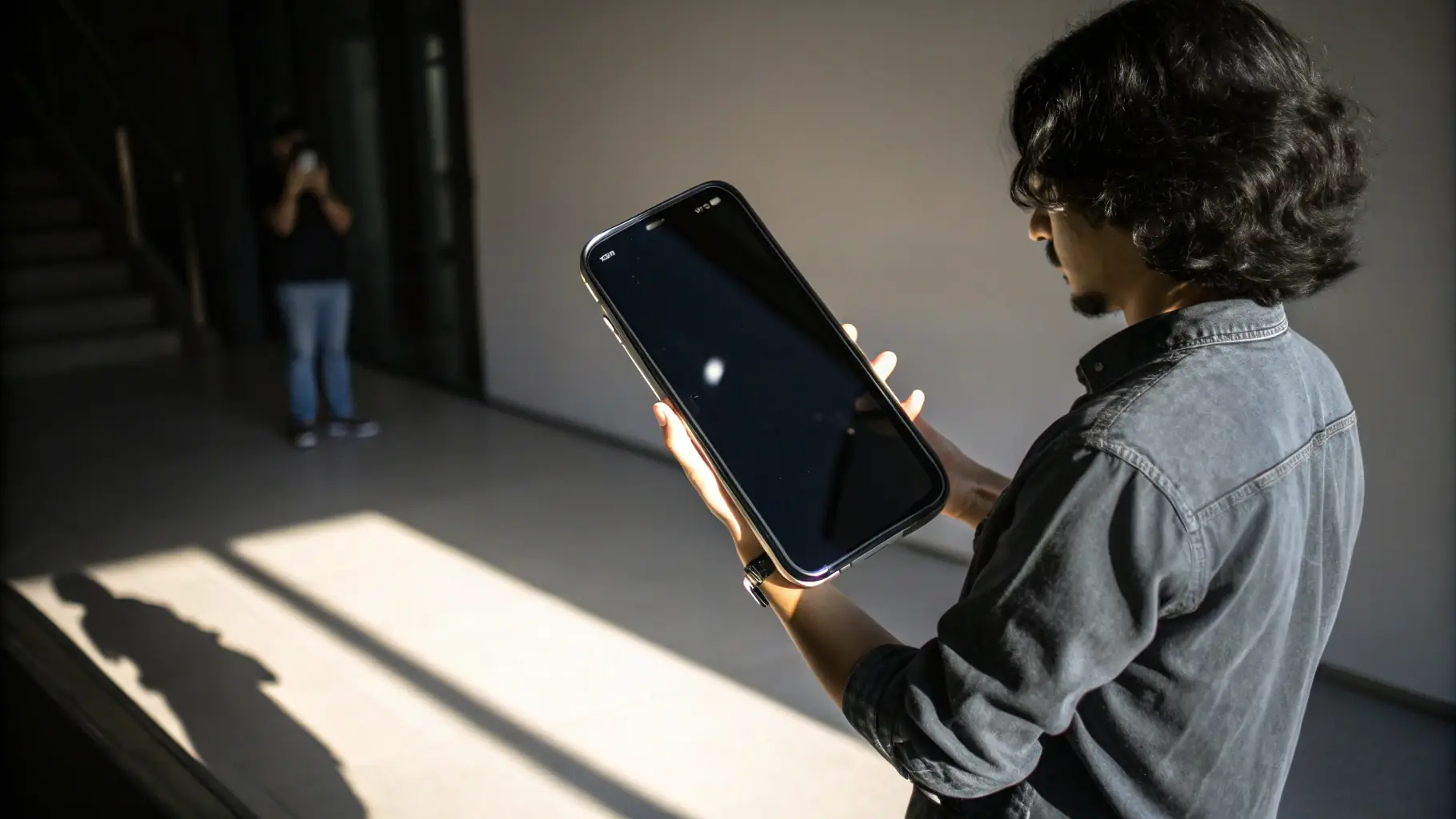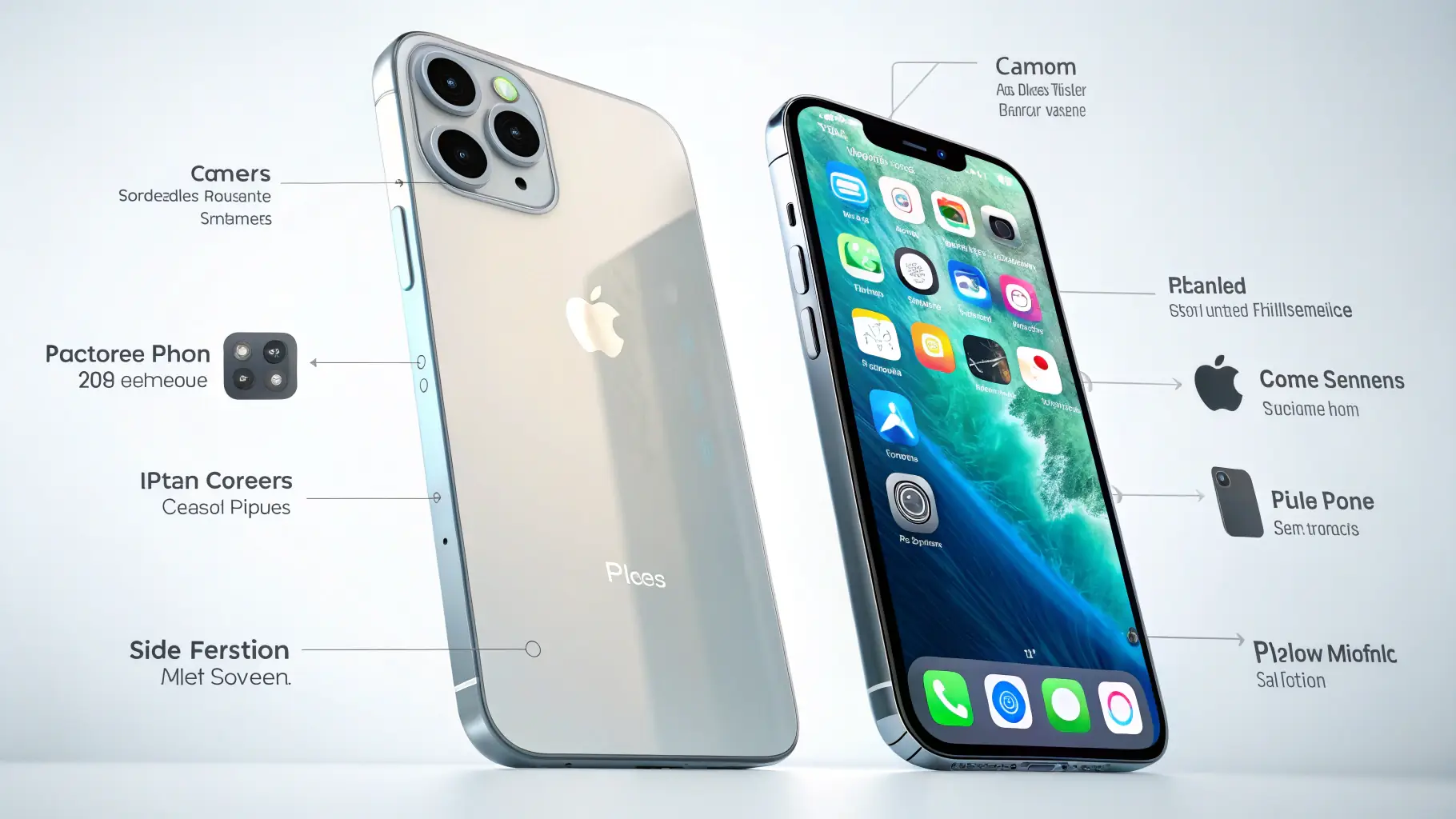Foldable smartphones have captured the imagination of tech enthusiasts worldwide, promising a revolutionary shift in mobile design. However, the initial excitement has given way to a more critical evaluation of their practical applications and long-term viability. Early adopters are grappling with durability concerns and the usability of the foldable screen. The market is still in its nascent stages, and the future of foldable phones remains uncertain. Despite the challenges, the potential of foldable smartphones is undeniable. The increased screen real estate offers a unique experience, blurring the lines between mobile and tablet functionalities. Manufacturers are constantly refining the design and engineering to address the limitations of the current generation. The integration of innovative features, such as improved hinge mechanisms and enhanced display technologies, is crucial for the widespread adoption of this technology. The competition in the smartphone market is fierce, and foldable phones are vying for a significant share. The price point is often a barrier to entry, but as production costs decrease and economies of scale kick in, the price may become more accessible. The long-term success of foldable phones hinges on the ability to deliver a compelling user experience that justifies the premium price tag. The future of foldable smartphones is intertwined with the evolution of mobile operating systems and applications designed to leverage the unique form factor.
Exploring the Latest Trends in Mobile Operating Systems
Mobile operating systems are constantly evolving, introducing new features and functionalities to enhance user experience.



